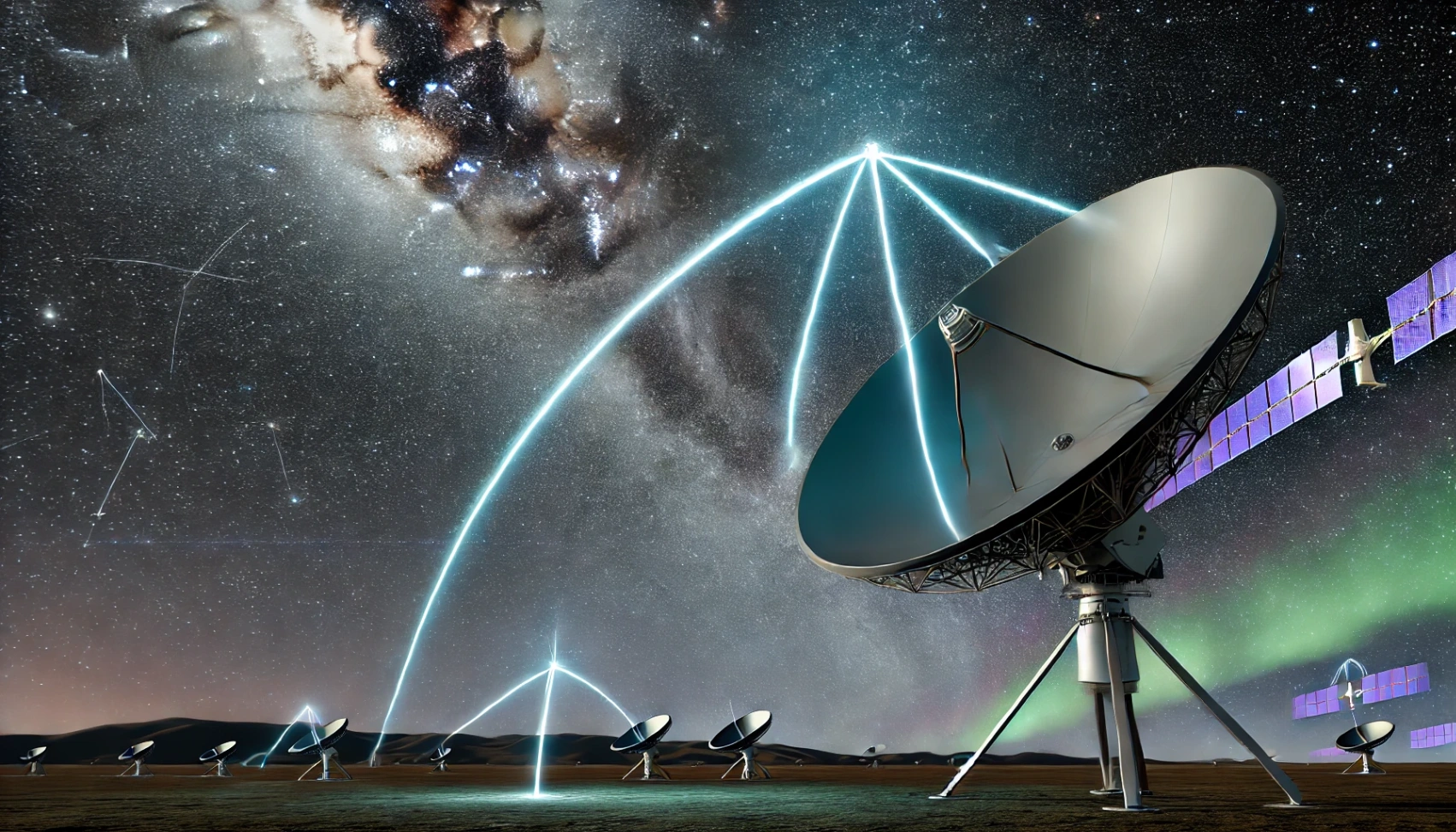Wondering about Starlink prices and how to sign up?
This article will detail the costs involved, including equipment and monthly fees, and guide you through the sign-up process.
By the end, you'll understand the financial aspects and the steps to start with Starlink.
Starlink Pricing
To help you understand Starlink's pricing options, here's a breakdown of the available plans and their key features:
Residential Plan
- Initial Equipment Cost: $549 for the Starlink dish and modem.
- Monthly Subscription Fee: $110.
- Key Features:
- Unlimited high-speed, low-latency internet
- Ideal for household use
Roam Plan
- Monthly Subscription Fee:
- Standard: $49
- Regional: $60
- Key Features:
- Unlimited mobile data inland
- Portability
- Ability to pause service
Boats Plan
- Monthly Subscription Fee:
- Mobile Priority - 50GB: $290
- Mobile Priority - 1TB: $1,135
- Mobile Priority - 5TB: $6,000
- Key Features:
- Unlimited inland data
- In-motion and ocean use
- Network priority
- Priority support
Additional Costs and Payment Details
Here's a summary of the additional costs and payment details associated with Starlink.
- Additional Mobile Priority Data: Available for purchase by the GB
- Shipping and Handling: $50
- International Pricing: Costs may vary depending on the country
- Payment Options: Monthly or annual billing plans are available

How to Sign Up for Starlink
Getting started with Starlink involves a few straightforward steps. Here's how you can sign up and get connected:
- Check Availability: Confirm if Starlink service is available in your area.
- Create an Account: Register on the Starlink website.
- Place an Order: Choose your plan and order the necessary equipment.
- Schedule Installation: Arrange for installation, which can be done DIY or professionally.
- Activate Service: Follow the instructions to activate your service.
- Receive Equipment: Wait for the Starlink kit to be delivered to your address.
Starlink Service Features
Starlink offers a range of features designed to enhance internet connectivity. Here's a look at what you can expect from their service:
- High-Speed Internet: Reliable, high-speed internet with low latency.
- Global Coverage: Available in many regions worldwide.
- Portability: Options for mobile use in RVs and boats.
- Priority Support: Enhanced support for premium users.
- In-Motion and Ocean Use: Service for moving vehicles and maritime applications.
- Unlimited Data: No data caps on most plans.
Comparing Starlink to Other Providers
When evaluating Starlink, it's helpful to compare it with other internet service providers to understand its advantages and limitations.
Here's a comparison of Starlink with other major providers:
Speed and Latency:
- Starlink: High-speed, low-latency internet suitable for streaming and gaming.
- Traditional ISPs: Often high-speed but may experience higher latency, especially in rural areas.
Coverage:
- Starlink: Global coverage, especially in remote and underserved regions.
- Traditional ISPs: Limited to urban and suburban areas; rural coverage can be spotty.
Equipment Cost:
- Starlink: $549 for the dish and modem.
- Traditional ISPs: These are usually lower or included in service fees but may have rental or purchase options.
Monthly Fees:
- Starlink: $110 per month for standard service.
- Traditional ISPs: Varies widely; can be lower or higher depending on the plan and provider.
Portability:
- Starlink: Portable options available for RVs and boats.
- Traditional ISPs: Generally fixed installations with no portability.
Data Limits:
- Starlink: Most plans offer unlimited data.
- Traditional ISPs: Often have data caps or limits on specific plans.
Cost-Benefit Analysis
Evaluating Starlink's cost-benefit involves considering its value, long-term effects, and return on investment. Here's a concise overview:
Value for Money:
- Starlink: Provides high-speed, low-latency internet with global coverage and portability for $110 per month, which is ideal for remote areas.
- Other Providers: Monthly fees vary; some may be lower but lack similar coverage and features.
Long-Term Considerations:
- Starlink: Initial cost is $549 for equipment plus $110 per month; prices might change as the service evolves.
- Other Providers: Lower initial costs, but the potential for price increases with service upgrades.
Return on Investment:
- Starlink: Weigh the benefits of reliable internet in remote areas against the cost. Consider savings on travel or communication.
- Other Providers: Assess if lower costs justify any limitations in coverage or features.

Starlink and Rural Connectivity
Starlink aims to improve internet access in rural areas where traditional options may be limited. Here's how it enhances rural connectivity:
- Comprehensive Coverage: Provides internet access to remote and underserved locations.
- High-Speed Internet: Offers high-speed, low-latency internet suitable for various online activities.
- Simple Installation: Equipment is easy to install with minimal setup required by users.
- Cost Structure: Involves an initial equipment cost of $549 and a monthly fee of $110.
- Portability: Features portable options for RVs and mobile setups, enhancing connectivity flexibility in rural areas.
- Scalability: As more satellites are launched, improving service over time, Scalability can expand coverage.
- Enhanced Connectivity: Supports multiple devices and high-demand applications, catering to various needs in rural settings.
Regulatory and Legal Considerations
Understanding Starlink's regulatory and legal considerations is essential for assessing its service compliance and operational scope.
Here's an overview of the critical factors:
- Licensing and Approvals: Licenses from national and international regulatory bodies are required to operate.
- Compliance with Local Laws: Must adhere to local regulations regarding internet service, data privacy, and telecommunications.
- Data Privacy and Security: Data protection and security must be ensured per local and international standards.
- Service Agreements: Service terms and conditions must comply with regional consumer protection laws.
- Dispute Resolution: Requires mechanisms for resolving customer disputes in line with local legal frameworks.
- Frequency Spectrum Use: Must obtain permits to use satellite frequency bands to avoid interference with other communications services.
Troubleshooting Common Issues
Troubleshooting common issues with Starlink can help maintain optimal performance and connectivity. Here's a guide to resolving frequent problems:
Connectivity Issues:
- Check if the dish is aligned correctly and has a clear sky view.
- Ensure that cables and connections are securely plugged in.
Slow Speeds:
- Verify that there are no obstructions or interference around the dish.
- Restart the router and dish to refresh the connection.
Service Interruptions:
- Check for any known outages or maintenance activities in your area.
- Reset your equipment and check for firmware updates.
Equipment Malfunctions:
- Inspect the dish and router for visible damage.
- Perform a factory reset on the router if it is not functioning correctly.
Error Messages:
- Refer to the Starlink app or user manual for specific error codes and solutions.
- Contact Starlink support for assistance if the issue persists.
Alternative Solutions
Exploring alternative solutions can be beneficial if Starlink isn't the right fit for your connectivity needs. Here's a look at other options:
- Satellite Internet Providers: Offers similar satellite-based services with varying coverage and speeds.
- Fixed Wireless Internet: This type of internet provides access through radio signals from a local base station and is often available in rural areas.
- Cellular Hotspots: Uses mobile data networks to provide internet access, suitable for areas with good cellular coverage.
- DSL and cable Internet are available in some rural regions; their speed and reliability depend on local infrastructure.
- Community Networks: Local initiatives and cooperatives that provide internet access through shared resources.
- Fiber Optic Internet: Offers high-speed connections where available, though it's often limited to urban areas.
Final Takeaways
In conclusion, Starlink offers high-speed internet with clear pricing and an easy sign-up process, particularly beneficial for remote areas.
For those interested in expanding their connectivity options, consider the investment and benefits Starlink offers.
Explore the available plans and sign up today to experience enhanced internet access.









